Space

Educators and Parents, Sign Up for The Cheat Sheet
Weekly updates to help you use Science News Explores in the learning environment
Thank you for signing up!
There was a problem signing you up.
-
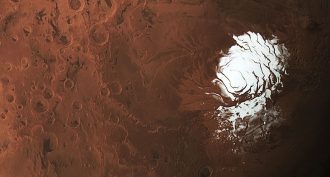 Planets
PlanetsFinding living Martians just got a bit more believable
What might a real Martian look like? Scientists have a better idea after identifying a buried liquid lake on the Red Planet.
-
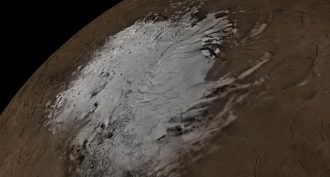 Planets
PlanetsMars appears to have a lake of liquid water
A 15-year-old Mars orbiter has spotted signs of a salty lake beneath the Red Planet’s southern polar ice sheets.
-
 Planets
PlanetsThick atmosphere boosts how fast Venus spins
The thick atmosphere on Venus can change by a few minutes every day how long it takes the planet to rotate.
-
 Space
SpaceAn active sun is a somewhat smaller sun
The sun grows and contracts a little over cycles lasting around 11 years, new data show. Changes in the strength of its magnetic fields may help explain this.
-
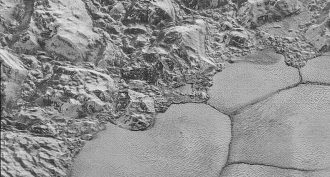 Planets
PlanetsPluto’s heart has dunes of methane ice
Pluto’s heart-shaped plains are striped with sand dunes. The sand is made of methane ice.
-
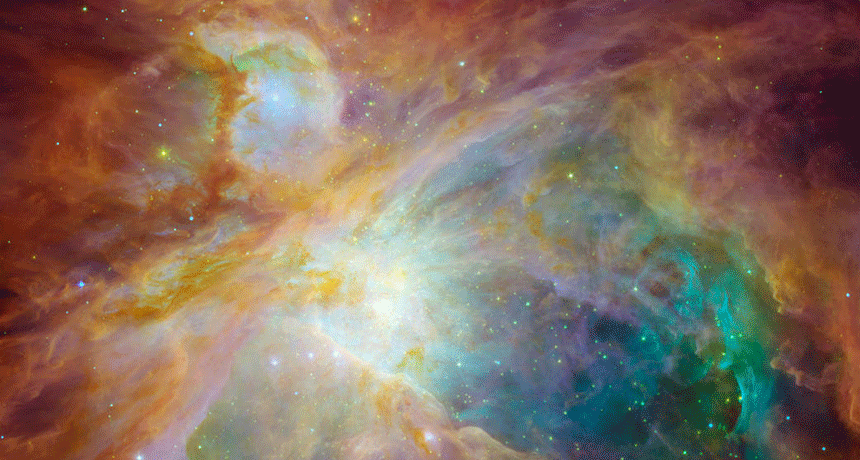 Space
SpaceScientists Say: Nebula
Nebulae are huge dust clouds in space. Some come from dying stars. Others are places where stars are born.
-
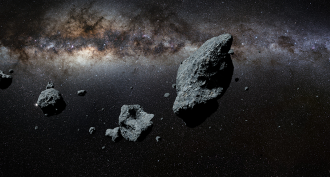 Chemistry
ChemistryDiamonds and more suggest unusual origins for asteroids
Inside a meteorite, scientists found sulfur and iron wrapped in tiny diamonds. Those gems hint the rock formed inside a long-lost planet.
By Emily Conover and Lisa Grossman -

-
 Planets
PlanetsAsteroids may have delivered water to early Earth
Scientists shot mineral pellets at a simulated planet. It showed an impact wouldn’t have boiled off all of an asteroid’s water.
-
 Physics
PhysicsWireless devices crowd out cosmic radio signals and more
Cell phones and other devices emit radio waves that can interfere with important scientific research. That’s why researchers are seeking ways to share the radio spectrum.
-
 Physics
PhysicsMeet STEVE, the northern lights in mauve
STEVE is a nontraditional aurora. It might be a visible version of usually invisible charged particles drifting through Earth’s upper atmosphere.
-
 Space
SpaceScientists Say: Oort cloud
The very edge of our solar system is a crowded place. It’s full of ice and rocks in a bubble called the Oort cloud.